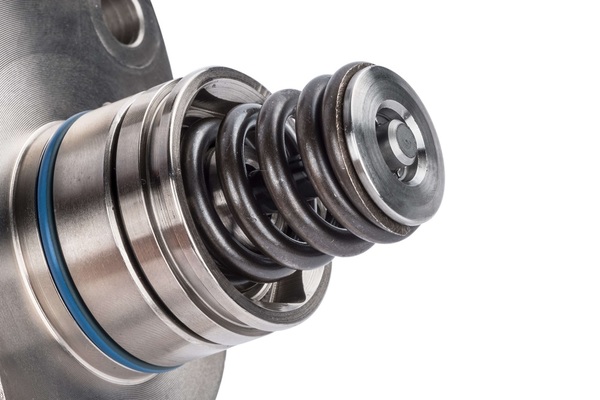7 Signs of Failing Fuel Pump in your European Car

A failing fuel pump in a Audi, BMW or Volkswagen can exhibit a variety of symptoms. It’s important to keep in mind that these symptoms can also be caused by other issues, so it’s essential to get a professional diagnosis. Here are a few common symptoms of a failing fuel pump:
- Difficulty starting: A failing fuel pump may struggle to deliver the necessary fuel pressure, causing the engine to crank but not start or to start with difficulty.
- Sputtering or hesitation: Inconsistent fuel delivery can cause the engine to sputter, hesitate, or momentarily lose power, particularly during acceleration or at high speeds.
- Poor fuel economy: A malfunctioning fuel pump may not regulate fuel pressure accurately, leading to reduced fuel efficiency.
- Loss of power: A failing fuel pump may be unable to supply enough fuel to the engine, especially under heavy loads or during high-speed driving, resulting in a noticeable loss of power.
- Stalling: In some cases, a failing fuel pump may cause the engine to stall, either while idling or driving.
- Check engine light: A faulty fuel pump can trigger the check engine light to come on. However, keep in mind that the check engine light can be activated by many other issues as well.
- Noise from the fuel tank: A damaged or failing fuel pump might produce a high-pitched whining or buzzing noise, particularly when the vehicle is running.
If you suspect that your car’s fuel pump is failing, it’s important to get it checked and replaced by a professional mechanic, as a malfunctioning fuel pump can lead to poor performance and potential engine damage.
Testing Your Fuel Pump
Testing your fuel pump can help determine if it’s functioning properly. Here are some methods you can use to test your fuel pump. Keep in mind that working with fuel systems can be dangerous, and if you’re not confident in your abilities, it’s best to consult a professional mechanic.
- Listen for the fuel pump: When you turn the key to the “ON” position without starting the engine, you should be able to hear the fuel pump priming for a couple of seconds. It typically sounds like a soft humming or buzzing noise coming from the fuel tank area. If you don’t hear the noise, it could indicate a problem with the fuel pump or its electrical connections.
- Test the fuel pressure: A fuel pressure test can help you determine if the fuel pump is delivering the proper pressure to the engine. You’ll need a fuel pressure gauge to perform this test:
- Locate the fuel pressure test port, typically found on the fuel rail.
- Attach the fuel pressure gauge to the test port.
- Turn the ignition key to the “ON” position without starting the engine.
- Read the pressure on the gauge and compare it to the manufacturer’s specifications for your vehicle.
If the pressure is significantly lower than the specified value, it could indicate a problem with the fuel pump.
- Check the electrical connections and fuses: Inspect the wiring, fuses, and relays associated with the fuel pump. Ensure that all connections are secure and that there are no blown fuses or damaged wires.
- Perform a voltage drop test: This test will help you determine if there’s a problem with the electrical supply to the fuel pump:
- Locate the fuel pump’s electrical connector.
- Turn the ignition key to the “ON” position without starting the engine.
- Use a multimeter to measure the voltage between the power and ground terminals on the connector.
- Compare the measured voltage to the battery voltage.
A significant voltage drop may indicate a problem with the wiring, connectors, or relays.
- Perform a current draw test: A current draw test can help you determine if the fuel pump is drawing too much or too little current. You’ll need an ammeter for this test:
- Disconnect the fuel pump’s electrical connector.
- Connect the ammeter in series with the fuel pump’s power supply.
- Turn the ignition key to the “ON” position without starting the engine.
- Read the current draw on the ammeter and compare it to the manufacturer’s specifications for your vehicle.
If the current draw is outside the specified range, it could indicate a problem with the fuel pump.

